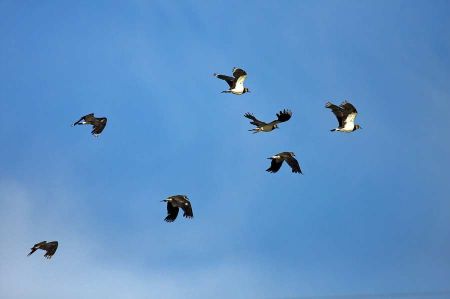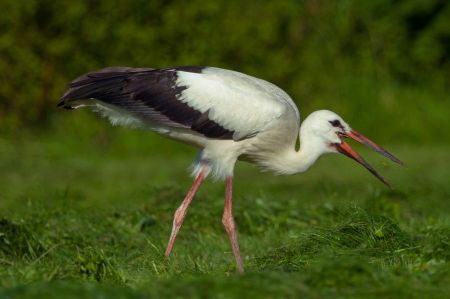South wind and good visibility make the journey easier!
- Written by Portal Editor
The first storks have already been sighted and have occupied their nest. Cranes and the red kite are also returning to Germany unusually early from their winter quarters in Africa and southern Europe.
Even the starlings have already returned from the Mediterranean. “Migratory birds are currently benefiting from the prevailing wind direction. Because the wind is now blowing from the south, the birds' return flight is accelerating - they have a tailwind, so to speak, and save energy," says Peer Cyriacks, ornithologist at the German Wildlife Foundation.
German Wildlife Foundation: Tail wind accelerates the homeward flight of migratory birds
 The general weather conditions on the way play a not inconsiderable role on the return flight. "Dry cold doesn't bother migratory birds, but if it rains continuously and visibility is poor, headwinds make their way difficult, they often make a so-called migration stop - i.e. a travel break - and wait for better flight conditions," says Cyriacks.
The general weather conditions on the way play a not inconsiderable role on the return flight. "Dry cold doesn't bother migratory birds, but if it rains continuously and visibility is poor, headwinds make their way difficult, they often make a so-called migration stop - i.e. a travel break - and wait for better flight conditions," says Cyriacks.
But at the moment the weather is perfect; and first come, first served! Although large bird species in particular are mostly "loyal" and often have monogamous relationships, they always get themselves in the mood for mating again during the courtship season. Courtship is a natural spectacle: cranes perform an elegant dance, while the red kite wants to impress its partner with artistic courtship flights. The stork couple, on the other hand, clatter synchronously in the nest to revive the old relationship. He landed in Germany before her to "renovate" the nest.
The white-fronted geese are now also making their way home in swarms to their breeding grounds: However, they fly back to the arctic expanses of Russia after spending the winter with us.
Eva Goris
press secretary
German Wildlife Foundation
Billbrookdeich 216
22113 Hamburg
Please read as well:
